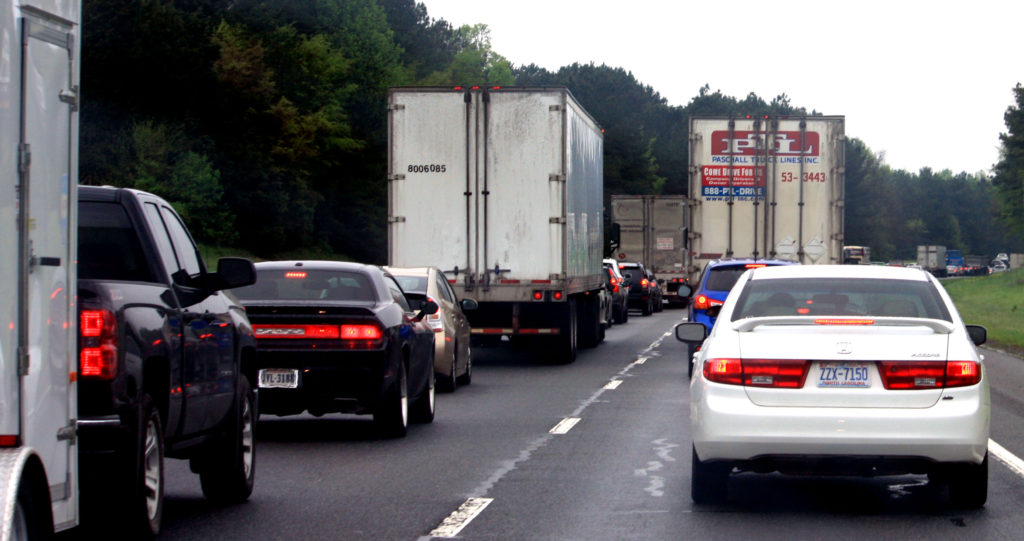 Sept. 16. Fear of public transportation during the pandemic has led to more reliance on personal vehicles than usual: 20 percent of people who don’t own a car are considering buying one, according to a WalletHub study that also says Charlotte is the 27th best city for commuting and just driving around.
Sept. 16. Fear of public transportation during the pandemic has led to more reliance on personal vehicles than usual: 20 percent of people who don’t own a car are considering buying one, according to a WalletHub study that also says Charlotte is the 27th best city for commuting and just driving around.
Maybe they drove the toll lanes on I-77.
American drivers spend an average of more than 310 hours on the road each year. The cost of wasted time and fuel due to traffic congestions, and our collective tab comes to about $1,400 per driver each year.
Meanwhile, researchers say there’s been a reduction in driving because of the pandemic.
The Top Five best cities for driving are: Lincoln, NE; Raleigh, NC; Corpus Christi, Tex.; Greensboro, NC; and Boise, ID. The Five Worst are: New York City, Detroit, San Francisco, Philadelphia and Oakland. (Los Angeles just missed the bottom five, coming in at No. 95th best city to drive in.)
WalletHub’s franking criteria included cost of ownership and maintenance, gas prices, precipitation amounts and, of course, congestion. To read the full WalletHub study, click here.
Charlotte came in 55th best in terms of traffic and infrastructure, but 21st in terms of cost of ownership and maintenance.
Pandemic travel
At the beginning of the pandemic, aggregate traffic volumes decreased by about 50 percent when schools and many businesses were closed. After reaching a low point, volumes began to increase again, said Pamela Murray-Tuite, Ph.D, professor of civil engineering at Clemson University.
Travel largely arises from participation in activities, she said.
“If those activities are not available, travel demand decreases compared to that when the activities were available. People’s perception of the health risk of participating in those activities and getting there could also impact travel; if the activity is available but people choose not to participate, demand is lower. Examples include choosing to telework and attend classes online even if offices and classrooms are open. If teleworking remains widely used, longer commuting trips will likely remain less frequent than pre-COVID-19 conditions,” Murray-Tuite said.
Mass transit is designed to move larger quantities of people than personal vehicles, putting travelers near others. If transit users seek lower capacity modes of transportation, transit use declines while demand for other modes increases.
Ride-sharing risks
“This could increase congestion. However, options to switch from transit to a personal vehicle depend on an individual’s/household’s resources (e.g., whether a personal vehicle is available or could be leased/purchased), parking availability, a driver’s license, and other considerations,” Murray-Tuite said.
“While ride-sharing is a potential option, this also involves sharing an enclosed space with others, and the risk would have to be evaluated individually,” she added.

Discussion
No comments yet.